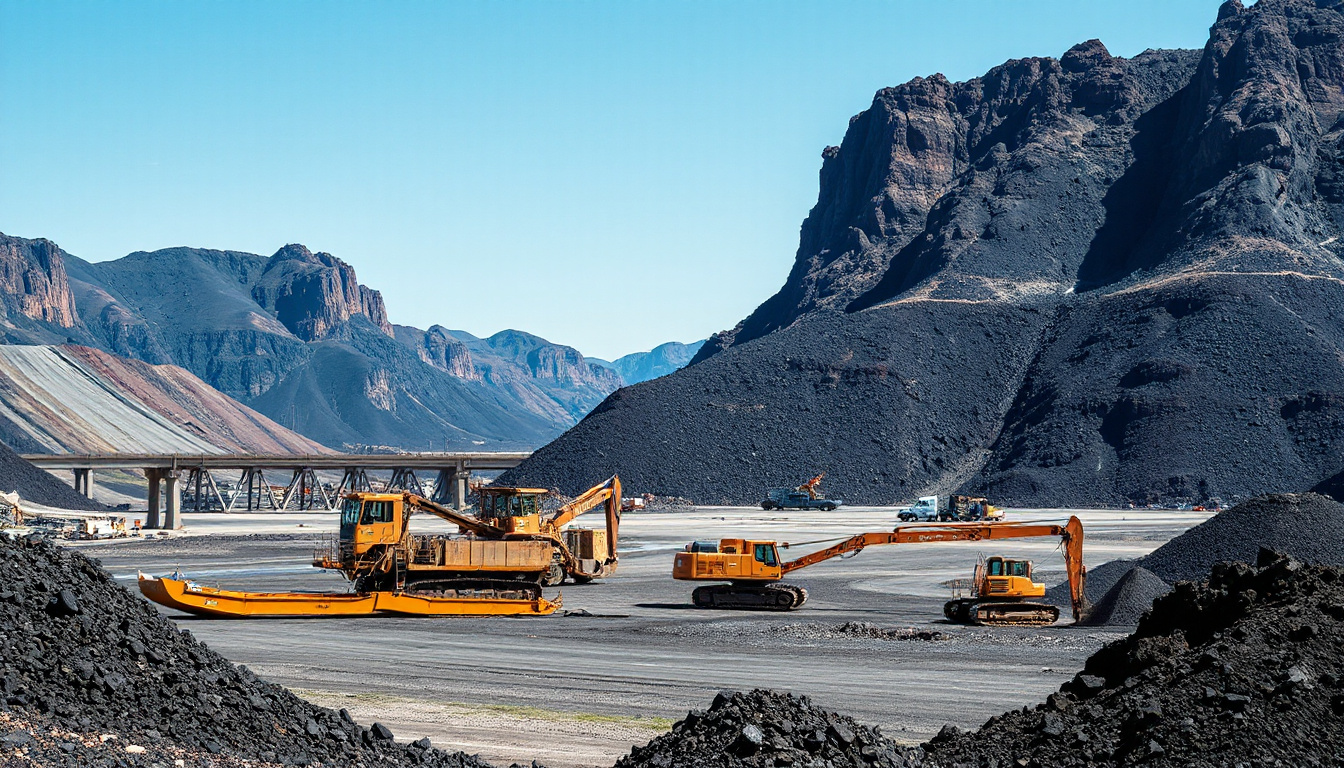Iron ore is more than just a raw material; it is the cornerstone of modern industry and infrastructure.
This essential mineral has played a pivotal role in shaping economies, fueling technological advances, and supporting global development.
In this blog post, we will explore the importance of iron ore in modern industry, trace its historical significance, delve into current production and trade trends, examine its environmental impact, and discuss future prospects for iron ore in global infrastructure development.
Whether you’re an industry professional, a student of geology, or simply curious about the world around you, this article will provide a comprehensive overview of iron ore and its vital role in our lives.

 November 2025
November 2025

